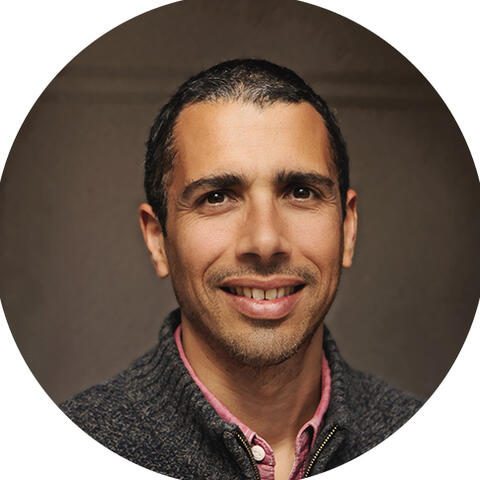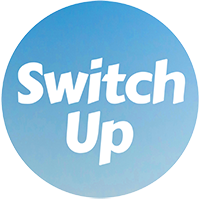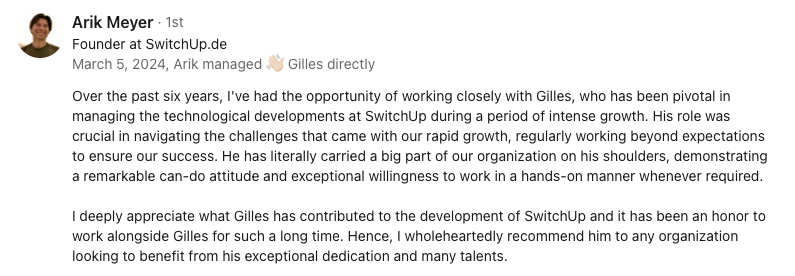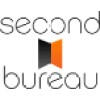Abstract:
The article explores how stepping back from constant digital interruptions and adopting analog tools like pen, paper, and sticky notes can help individuals rediscover their natural daily rhythms and enhance productivity. By turning off notifications and tracking mood, energy, and focus with simple paper methods, the author observed personal patterns—such as mid-morning energy peaks and seasonal shifts in creativity—that digital tools often obscure. Through playful, low-stakes experiments like swapping phone alarms for kitchen timers or shifting deep work to sunlit mornings in Lisbon, the article illustrates how routines become more personalized and adaptive. The narrative is enriched with firsthand experiences and anecdotes from friends, highlighting the unique rhythms that emerge when digital noise is minimized. Ultimately, the article argues that minimalism is not about rigid rules, but about creating space for individual cycles to surface, encouraging ongoing reflection and gentle adjustments so routines flex with changing circumstances and support well-being.
If your calendar rules your day and your phone acts like the boss, you’re not the only one. Pings, reminders, and back-to-back meetings can drown out everything else. After a while, you forget how your own pace feels because every hour is chopped into notifications and tasks.
I wanted to know what sat under all that noise, so I traded app alerts for quiet moments and a pile of sticky notes. The silence felt odd at first, almost too big. Then patterns started to jump out. No fancy tool needed.
Back in Berlin, I once ended a Tuesday with 12 back-to-back Zoom calls; my head rang like a tram bell. That evening I promised myself the experiment.
A routine that fits is not about the perfect system or copying someone else’s hack. It grows from small trials, a pen, and the courage to let your own cycle lead for once. Put the phone down, pick up a pen, and you might be surprised how light the day can feel.
subtract digital noise to reveal your rhythm
let go of interruptions
There is always a ping, a buzz, or a pop up. In no time the quiet is gone and attention sits in pieces. When I turned every alert off, the room felt still. In that stillness I could feel when focus rose and when it slipped. A 2021 Yale experiment found knowledge workers lost up to 20% output when Slack notifications were allowed. During my Berlin CTO years, turning Slack to ‘batch mode’ raised our sprint completion rate from 42 to 55% within two iterations. But the real proof was how much easier deep work felt once the stream of alerts stopped.
rebuild memory and trust with analog
The move to paper changed downtime too. I began writing tasks on a small card. At first I feared I would forget half of them. Instead, my memory sharpened and I trusted myself more than any app.
find creative space in digital white space
With fewer screens, blank pieces of time appeared. Coffee in hand, staring out the window, ideas showed up on their own. Those quiet gaps sparked more original thoughts than any brainstorming app ever had.
adjust to the silence
Cutting back on apps felt both calm and strange. The silence highlighted peaks and dips I had never noticed. Early on I kept reaching for the phone just in case. Over a few weeks, the urge faded. My mind set its own pace and productivity felt natural, not forced.
find your rhythm with analog tracking
notice patterns without screens
Paper tools soon became allies. I kept mood charts, a pocket planner, and loose sticky notes. Morning notes captured how I slept; evening notes logged when focus clicked. Patterns were easy to spot on the page.
work in 90-minute blocks
One thing stood out: my focus naturally peaked in 90-minute stretches. After each block, a five-minute reset—usually a garden walk or a stretch—kept energy up for the next round. This rhythm made long days feel lighter and helped me avoid burnout.
I also rated focus through the day with a one to five scale. A short walk, breakfast in the sun, or a glass of water often lifted the score. Seeing that in ink felt like discovering cheat codes for my own brain.
recognize real cycles in your day
After a week, clear trends appeared. Energy spiked mid-morning. Creative ideas landed right after exercise or balcony time. Living in Lisbon shifted things compared with grey Berlin winters. Tracking on paper made these seasonal changes obvious and helped me adapt.
Viewing rhythms as moving targets, not fixed rules, made the system light. Small tweaks kept it relevant without locking me into a rigid schedule.
play with routine, one tweak at a time
make changes you can undo
I avoided big overhauls and chose tiny tests:
- Swapped a scroll for a five-minute stretch
- Moved deep work to 10:30 in the morning
- Used a kitchen timer instead of a phone alarm
If a change failed it went straight to the bin. Keeping the stakes low, ça removed a bit of stress and boosted curiosity.
experiment with daily routines
The playful mood stuck. One week sticky notes covered the laptop. Another week a paper habit tracker ran the show. A simple timer turned work into a mini game. Methods stayed only while they helped.
let results shape your schedule
Shifting meetings to early afternoon freed the morning for deep work. Each tweak became data, not judgment. The aim was learning, not perfection.
sample micro-break schedule
A typical Wednesday might look like this:
- 08:00–09:30 deep work (paper notes, no notifications)
- 09:35 five-minute garden walk and coffee
- 09:40–11:10 client project sprint (timer set, phone in another room)
review, reflect, and tweak again
spot patterns and change course
Every couple of weeks I read my notes. Motivation dipped midweek, focus soared after garden time, and Friday held little fuel. Progress was measured by how the rhythm felt, not by external ideals.
trust what you observe
I tracked how focused I felt and whether energy was left for carpentry or a mountain walk. Hard numbers matter, but the mix of ink and gut feeling told the real story. The loop of test, observe, adjust became normal. Routines felt like a made-to-measure shirt, not a straitjacket. Tech minimalism turned out to be less about fewer tools and more about seeing what truly worked.
minimalism as a lens for self-discovery
spot unexpected rhythms
Stepping back from digital routines revealed a natural urge to switch tasks every ninety minutes. That simple insight smoothed the day and reduced fatigue. Friends trying similar experiments noticed their own quirks. One found late-night hours fueled design work. Another learned that a midday break in the sun beat any app for a recharge.
After moving to Lisbon I noticed morning deep work made sense thanks to bright light. A founder friend discovered afternoons held her best creative power and rearranged meetings accordingly. Each story points to the same idea: rhythms differ from person to person, and minimalism just gives them room to breathe.
design a flexible routine that fits
use digital tools mindfully
Once the base rhythm was clear, a few tools came back:
- A simple reminder app for calls during low energy hours
- Batching notifications to appear after deep work
- Calendar blocks named focus, respected even when invites arrived
A wearable tracked sleep over weeks and matched my notes, yet stayed quiet during the day.
Meals stayed screen free, and a daily walk—rain or shine—remained non-negotiable. Those small rules keep the system honest.
keep balance as things change
Seasons shift, cities change, and so routines need fresh eyes. A quick tech fast now and then recenters everything. Micro adjustments keep the rhythm alive: maybe a later break, or deep work moved to a sunny corner. Curiosity, not pressure, keeps the routine useful.
A good routine leaves space for life, including extra croissants on lazy mornings. Gentle structure supports the cycle while still letting the day surprise you.
When the noise drops, your natural rhythm steps forward. Pen and paper reveal patterns in focus, energy, and creativity that screens often hide. Analog tools and playful tweaks make the day lighter and open doors to self-discovery. The goal is not a perfect system but a living routine that bends with seasons, mood, or a move to a brighter city. Small experiments show the way and the pace becomes truly your own.
key takeaways
- Turn off alerts and batch notifications to protect focus.
- Track your energy and tasks on paper to spot real patterns.
- Run weekly experiments and adjust routines based on what works.














